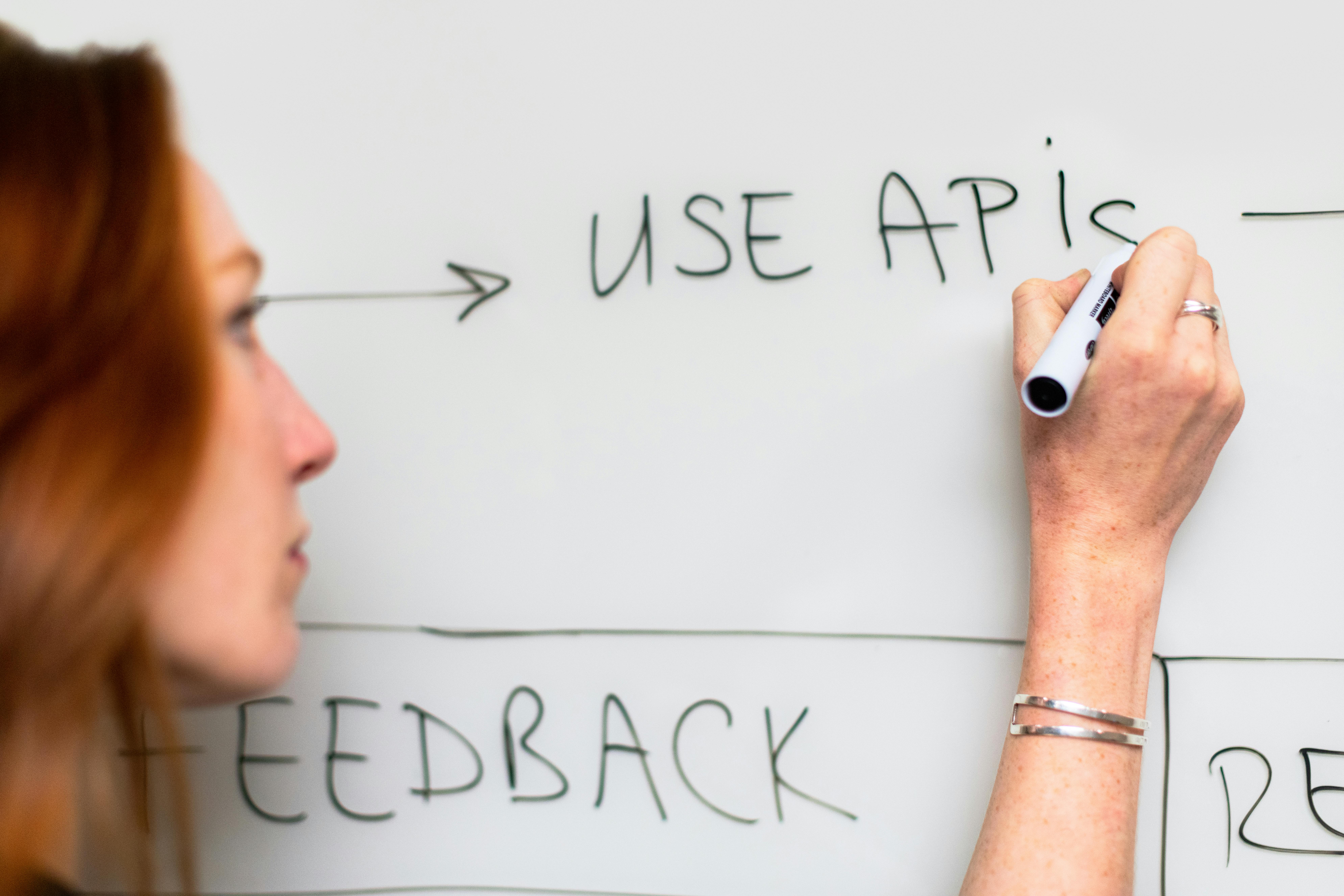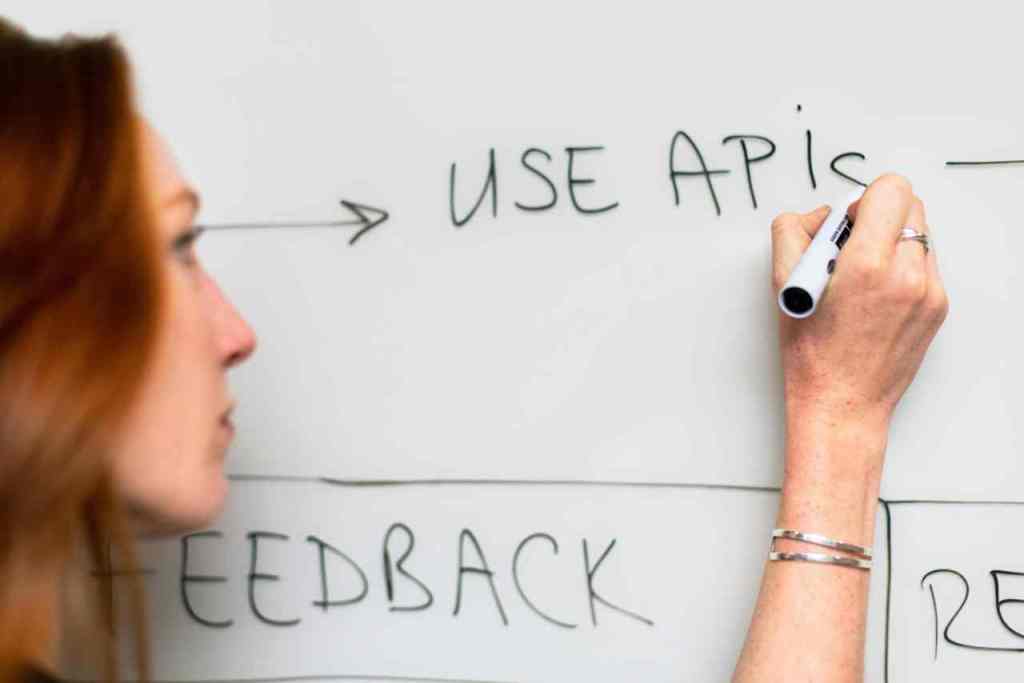
Actionable Blueprints for Integration: Your 2025 Roadmap
Recognizing the problem and understanding the reward are the first two steps. The third, and most challenging, is execution. Moving from theory to a fully integrated, high-performing state requires discipline and a clear, phased implementation plan. The following section outlines concrete steps to begin remodeling your operational culture today. This requires a commitment to genuine cross-departmental knowledge sharing and process formalization, as simply throwing people from different teams into a room rarely works without pre-defined objectives .
Structural Changes to Implement Now
The organization chart is a map of intent. If your map shows silos, you will operate in silos. Use these structural adjustments to visually reinforce the new philosophy:. Find out more about SEO infrastructure for organizational growth.
The “Growth Pod” Structure: Move away from centralized SEO teams that serve other departments like an internal agency. Instead, create small, dedicated, cross-functional “Pods” aligned to a specific business goal, revenue stream, or major product category. Each Pod must contain:
This structure forces shared accountability from the ground up. They succeed or fail together based on the same revenue or growth OKRs (Objectives and Key Results) that management sets, ensuring that no single function’s metric takes precedence over the shared goal.. Find out more about SEO infrastructure for organizational growth tips.
Formalizing Resource Commitment via RACI: For every major web initiative (platform upgrade, new feature launch, major content migration), use a formal RACI matrix that explicitly defines who is Responsible (does the work), Accountable (owns the outcome), Consulted (provides input), and Informed. Critically, ensure the “Accountable” party for discoverability, performance, and user experience is explicitly defined and sits high enough to enforce necessary trade-offs.
Communication Protocols That Stick
Structure without communication flow is just paperwork. You need high-cadence, high-value interaction:. Find out more about SEO infrastructure for organizational growth strategies.
The Weekly Sprint Check-In: This is not a status update meeting. It is a 30-minute problem-solving session where the embedded SEO liaison presents the *single biggest current technical blocker* to organic performance and the Engineering lead presents the *single biggest technical risk* for the next cycle. The mandate is to resolve one, or defer one with executive buy-in. This prioritizes friction points over discussion.
Intent-Based Content Planning: To ensure content efforts are truly strategic and not just reactive, mandate that all major content proposals—especially those requiring significant Engineering support (e.g., custom search implementations, specialized interactive elements)—must first be vetted through the lens of Topical Pillars. Instead of focusing on single keywords, organize content around 4-6 core areas of company expertise . When content is aligned to these strategic pillars, it automatically gains higher organizational relevance.
Mandatory Documentation: For every major decision affecting site structure (e.g., canonical tag changes, canonicalization policy updates, deployment of new JavaScript bundles), an SEO/Technical Marketing specialist must contribute to the final technical documentation or ticketing system that Engineering uses. This creates an audit trail and institutional knowledge that survives employee turnover, protecting your hard-won content authority building investments.
Conclusion: The Infrastructure Mindset Is Your Unfair Advantage
The cultural hurdle to integrating SEO as infrastructure is steep because it requires letting go of departmental autonomy in favor of collective, long-term success. It means accepting that the Product Manager, the Senior Engineer, and the Head of Content must share accountability for the business’s organic pipeline. In 2025, with digital competition fiercer than ever—especially from generative AI interfaces that consume and summarize content—the brands that win are those that have successfully transformed their entire operational model around discoverability and user value.
Key Takeaways for Organizational Digital Health:. Find out more about Overcoming cultural hurdles to SEO integration definition guide.
The reward for this difficult internal work is monumental: a scalable, persistent, and highly profitable engine for customer acquisition. Are you ready to move beyond managing organic search as a marketing function and start governing it as the essential digital infrastructure it truly is?
Actionable Next Step: Identify the next major product feature slated for development. Immediately assign an SEO liaison to that feature’s development Pod and mandate that the feature’s primary success metric includes a component of organic performance, tying the Engineer’s and Product Manager’s success directly to the customer acquisition cost reduction.
